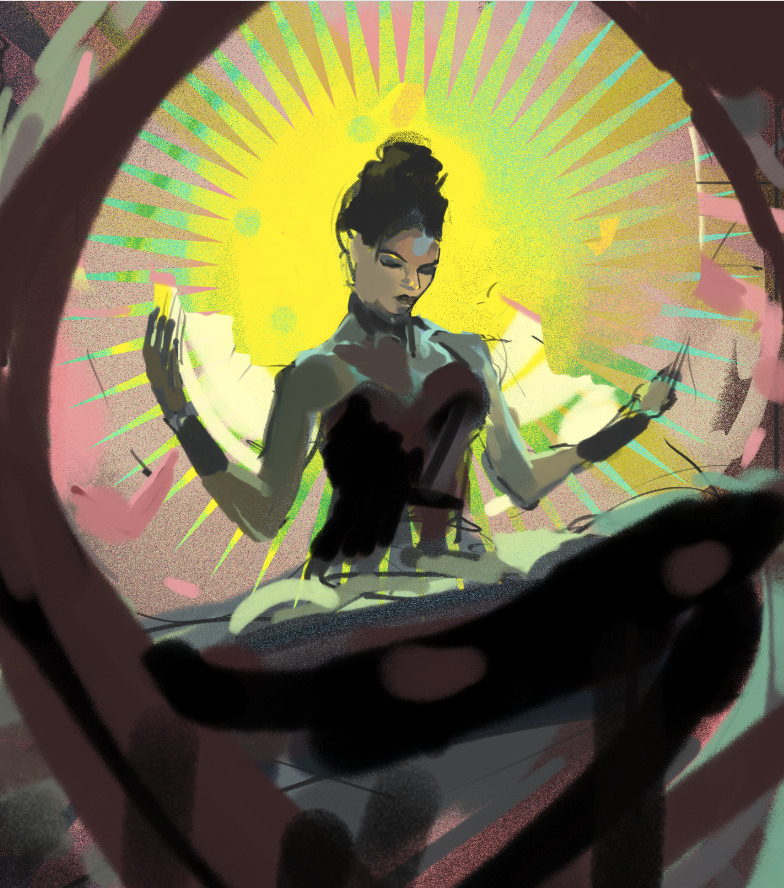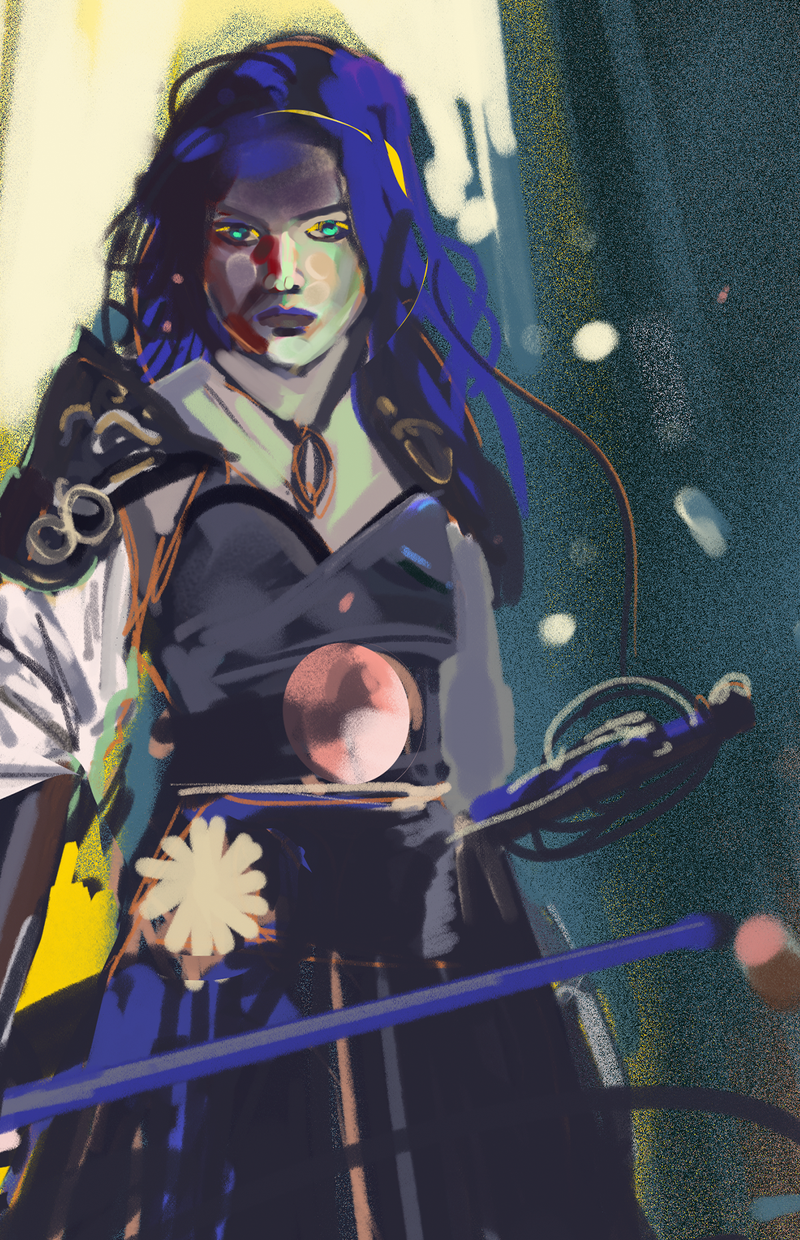I remember the grains of rice,
Spilling from the clay pot in the shade.
Hands extended, hastily shovelling fruits.
Whose voice is that?
I have heard it before, running in the fields and along the moonlit shore.
Pebbles crunching under the pressure of skin,
Split by layers of salt rippling.
Glimpses of another world, nostalgic voices from songbirds.
I woke up from my slumber,
Contorted,
With blurry vision, shadowy figures barely lit.
Legs mangled like out-of-season turnips,
Pulled prematurely from the soil,
Discarded along with all the other rotten fruit and turmoil.
This apple tree no longer bears fruit,
Seedless, Belonging to a segmented group.
Exploring Horiko's Identity
- A Voice from the Past: "I am Horiko" immediately roots the speaker in a distinct identity, but the ambiguity around this figure allows the reader to see them as both personal and universal. The name Horiko suggests Japanese origins, setting the stage for a journey of cultural or ancestral recollection.
- Fragmented Self: The references to memory ("I remember the grains of rice") and recognition ("Whose voice is that?") hint at a disjointed sense of self, as if Horiko is caught between worlds or identities.
Nostalgia and Loss
- Pastoral Imagery: The poem begins with peaceful, rural images of rice grains spilling, hands reaching for fruit, and running in fields, evoking a sense of innocence and simplicity. These details could symbolize a longing for a lost world or the purity of a former life.
- Symbolism of Songbirds: The "songbirds" and "nostalgic voices" hint at a connection to a past that’s elusive, like fleeting memories or melodies that are hard to grasp but deeply felt.
Physical Decay and Transformation
- Waking from Slumber: The shift from memory to the present tense, where Horiko wakes “contorted” with “legs mangled like out-of-season turnips,” brings a visceral contrast, symbolizing the painful reality of loss, injury, or trauma.
- Out-of-Season Turnips: Comparing the speaker's legs to "out-of-season turnips" conjures an image of things taken from the earth too soon, highlighting themes of life interrupted or vitality drained prematurely.
- Discarded Fruit: The imagery of "rotten fruit and turmoil" hints at feelings of rejection or abandonment, as though Horiko is a part of a larger group of "rejects," left behind or cast aside, embodying a loss of purpose or value.
Themes of Barren Legacy
- The Seedless Apple Tree: The apple tree, usually a symbol of life and growth, here becomes “seedless” and barren. This could represent a generational or personal break—perhaps a lineage unable to bear fruit, or a loss of potential that now feels permanent.
- Segmentation and Isolation: The “segmented group” suggests division, both literal and metaphorical, implying that Horiko, and those like them, are separated from a source of life or unity. This theme of segmentation could reflect the impact of societal or familial rifts.
Rejection and Cultural Dislocation
- Rejects: The ending with “Rejects” delivers a poignant statement on alienation. Horiko's alignment with the rejects speaks to themes of marginalisation or being cast out from the collective or cultural core, possibly mirroring the struggle for identity in the face of displacement.
Symbolic and Cultural Layers
- Cultural Nostalgia: Elements like rice grains and clay pots add layers of cultural depth to Horiko's memories, suggesting an ancestral connection to traditions and rural life, which contrasts with the barrenness described later on.
- Nature and Impermanence: Drawing from Japanese aesthetics, the imagery could reflect the concept of mono no aware, or the gentle sadness of impermanence, as Horiko remembers life’s fleeting beauty alongside its inevitable decay.


